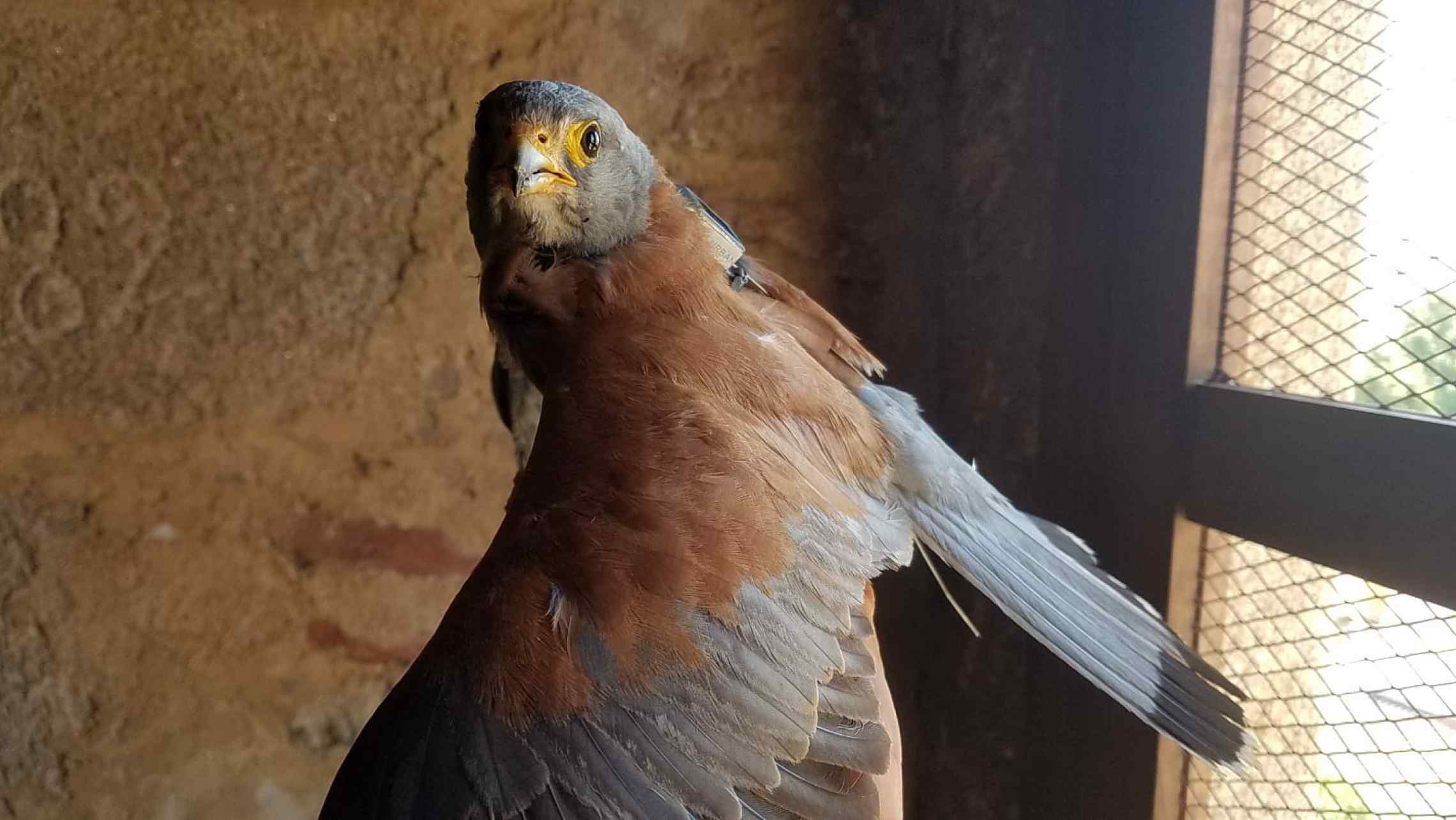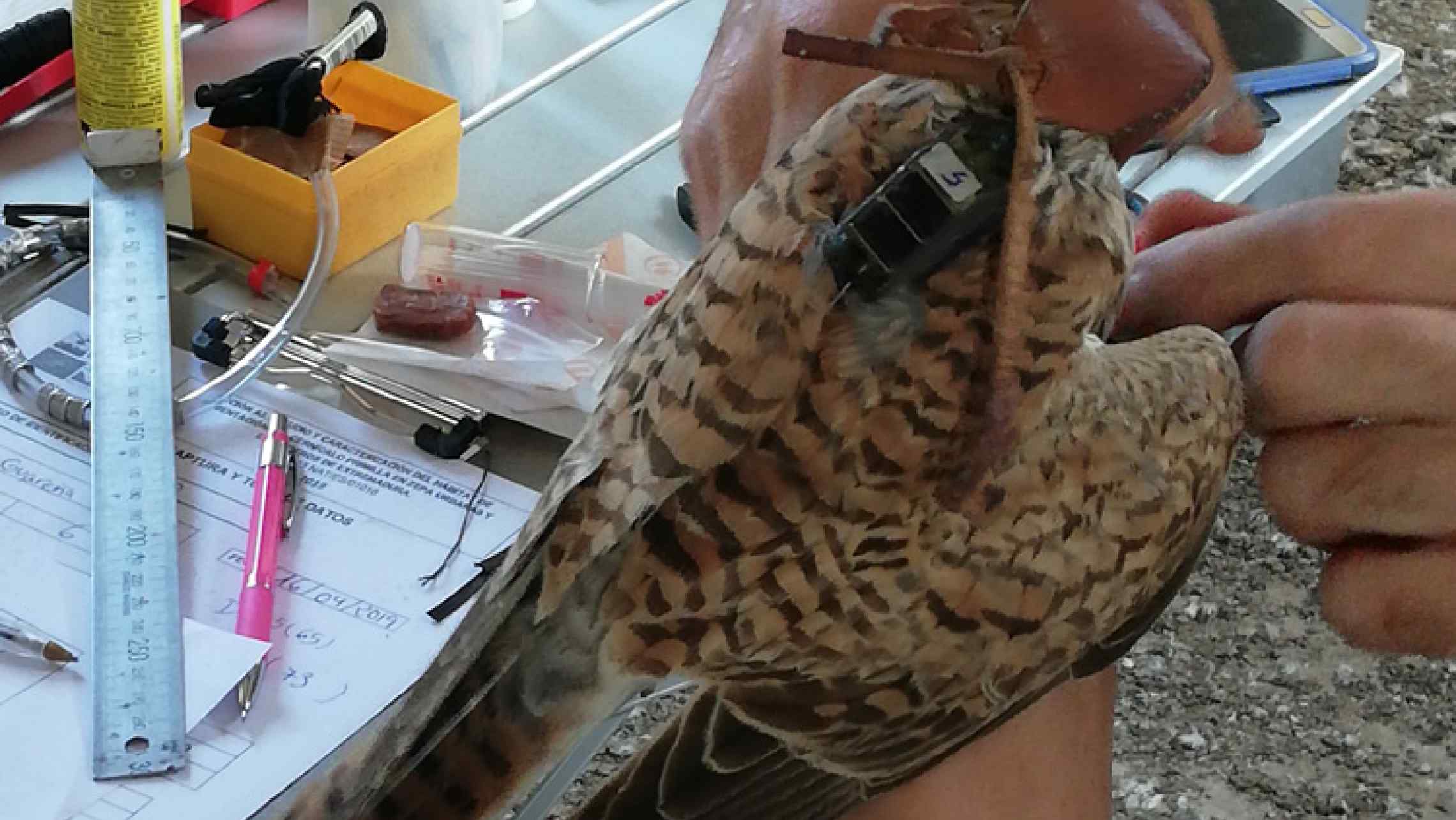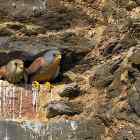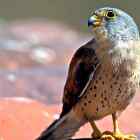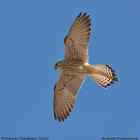Under Action A2 "Study and characterization of feeding habitats of the lesser kestrel in the urban SPAs and roosts of Extremadura", for which the partner Terra Naturalis is responsible, it was planned to place seven satellite transmitters on lesser kestrel specimens from several previously selected colonies -- selected due to their geographical location and their accessibility when doing the capturing.
On April 15 and 16, six individuals were tagged in the silo colonies of the Guareña and Trujillo Urban SPAs. In the first case, four specimens were captured (two males and two females) from this interesting colony located in an area that has undergone a strong transformation in terms of agricultural uses, while at the i-Novo Center of Trujillo (where different specimens were equipped with GPS transmitters during the past season) two specimens were tagged (a male and a female). The colony of the i-Novo Center of Trujillo is one of the most important in Extremadura and it is located, like the rest of the colonies in this SPA, in a part of the Trujillo-Cáceres peneplain dominated by large extensions of grassland.
Both the General Directorate of the Environment and the partner Terra Naturalis had great interest in marking some specimens of lesser kestrel belonging to the northernmost SPAs of the Autonomous Community: Plasencia, Jaraíz de la Vera, and Saucedilla. After weighing the possibilities of each of these locations, Saucedilla was finally chosen and, on June 22, the final specimen from said area was captured and tagged -- in this case an adult male.
All the satellite transmitters have been installed use the ARGOS system, which is capable of collecting, processing, and transmitting information from remote fixed or mobile platforms. This allows for the geographical location of data sources (in this case, the data sent by the lesser kestrels with transmitters) anywhere on Earth and practically in real time. This circumstance is extremely important because it will allow for very detailed and direct monitoring of the movements of the tagged kestrels throughout their annual cycle, both in terms of post-nuptial migratory movements and during the migratory journey, wintering, and the return to the breeding areas -- thus opening the door to an important source of information that is not accessible with GPS technology.
